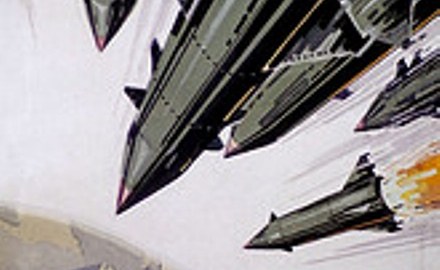Does North Korea Mean War?

This then is the sequence of events that has deeply alarmed the international community, fearful as it now is that full scale war could break out at anytime across the Korean Peninsula. Yesterday, North Korea and South Korea traded artillery fire across the disputed Northern Limit Line (NLL) in the Yellow Sea to the west of the peninsula. The Northern Limit Line sits further to the North of the Armistice line, and is disputed by North Korea and not even recognised by the United States. South Korean news reports indicate that around 2:30 p.m. local time, North Korean artillery shells began landing in the waters around Yeonpyeongdo, one of the South Korean-controlled islands just south of the NLL. North Korea reportedly fired as many as 200 rounds, some of which struck the island, injuring at least 10 South Korean soldiers, damaging buildings and setting fire to a mountainside. South Korea responded by firing some 80 shells of its own toward North Korea, dispatching F-16 fighter jets to the area and raising the military alert to its highest level.
South Korean President Lee Myung Bak convened an emergency Cabinet meeting, and Seoul is determining whether to evacuate South Koreans working at inter-Korean facilities in North Korea. The barrage from North Korea continuing for a further two hours. No doubt North Korea’s leadership is also convening.
Interestingly this report from STRATFOR was mirrored by reports elsewhere on the BBC and international media. None to my knowledge reported that joint US/South Korea military exercises have been taking place in and around the disputed area, and that South Korean artillery had been fired into disputed waters, before the North Koreans began shelling the island. This matters, not because the South Korean action was necessarily provocative, but given the current tensions, was distinctly unwise. More to the point, leaving this part of the story out altogether gives the distinct impression that the North started firing missiles out of the blue.
So what is going on? The answer comes in many parts. It shouldn’t be forgotten that the North’s missile attack came shortly after it had opened its nuclear plant at Jongbyong for inspection by an American nuclear expert. This hardly demonstrates a country on a war footing. What it perhaps does demonstrate is that the North Koreans are busy creating a ‘narrative’ for Kim Jong IL’s greenhorn declared successor. It may also be an attention seeking exercise. The North constantly wants to be taken seriously, not least by the Americans. And the North may also be engaged in a process of testing the resolve both of the Americans and the South Koreans, while also seeing just how far it can test the nerve of China, its last remaining major ally.
Does North Korea mean war? Probably not. While the North knows that it can inflict some very heavy damage on the South, particularly Seoul which lies just forty miles to the South, it also knows that it cannot move without the support of China, and risks annihilation if it invades South Korea proper.
As ever with the Korean peninsula, there is far more going on here than meets the eye. But it would be useful if the western media dropped the easy stereotypes and focused on the facts as they happen, on the ground. That way we may all get a more realistic picture.





